Polaroid is such a wonderful film, I could never really…
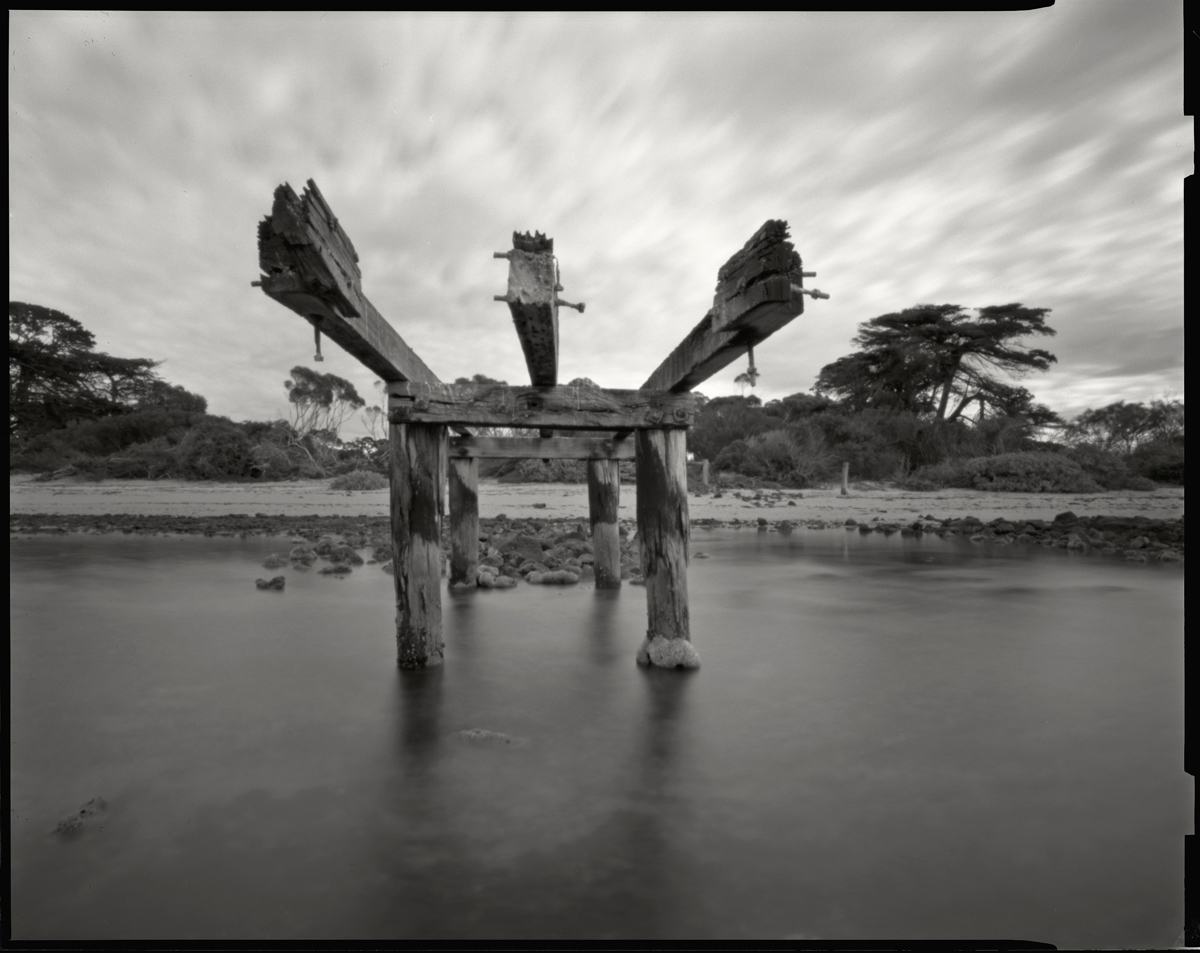
Review: Bergger Pancro400 Sheet Film by David Tatnall
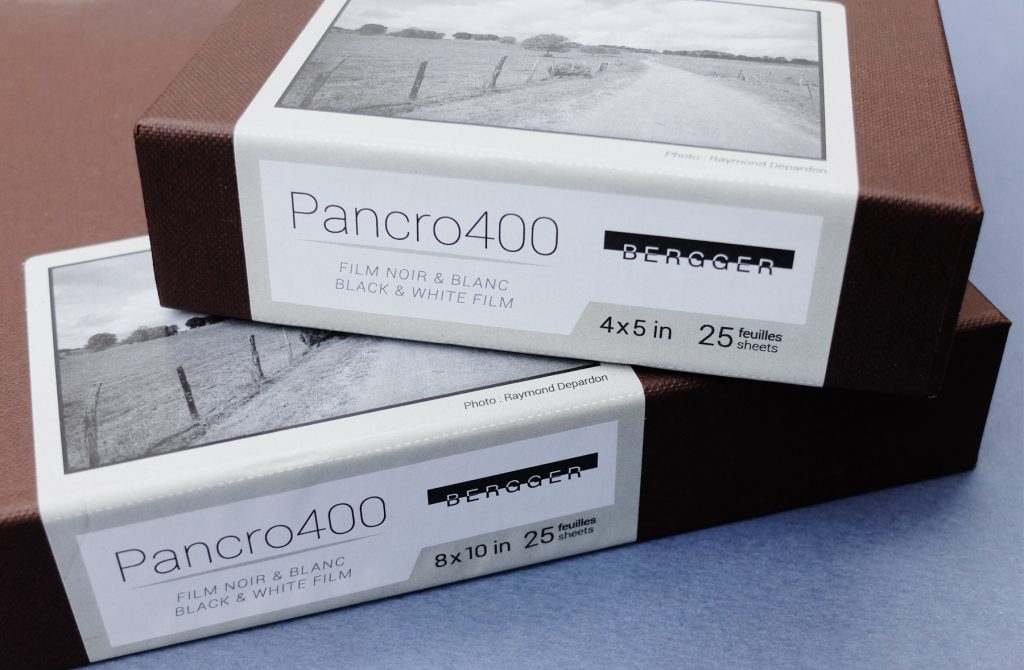
Context
This film was tested in the field rather than in controlled light conditions.
A spot meter and the zone system were used to calculate exposures. Negatives were tray processed.
Developers used were ID11 and PMK – Pyro Metol Kodalk.
Testing Bergger Pancro400 4×5
For this test I used the processing data provided on the film box and set the ISO at 400 and processed the negatives in either ID11 1:1 for 17 minutes or PMK 1:2:100 for 18 minutes at 20°c as recommended.
Results
The photograph here West Cape Beach, Cape Conran was made on a bright sunny afternoon with a 90 mm lens and a red filter.
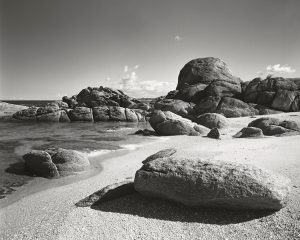
Developed in PMK the negative shows good shadow detail and in the highlight, the sunlit sand has held good detail too.
Without much work this produces a good print using a grade 2 filter. Having been developed in pyro it shows little grain.
West Cape Beach. Cape Conran. Pancro400. PMK
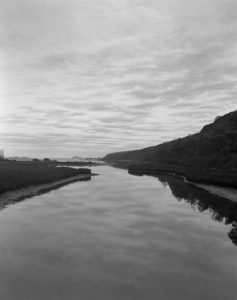
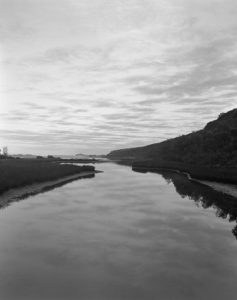 The next two photographs were made on the Snowy River near Marlo at Frenches Narrows not long after sunrise using a 150 mm lens. They were made in quick succession (for a large format camera that is) using Pancro400 and TRI-X320.
The next two photographs were made on the Snowy River near Marlo at Frenches Narrows not long after sunrise using a 150 mm lens. They were made in quick succession (for a large format camera that is) using Pancro400 and TRI-X320.
Processed in ID11 both have retained detail in the sky and the bank of vegetation on the right. The TRI-X320 looks a little harder and has slightly more contrast. Good prints were produced with a little work using a grade 2½ filter.
Left: Frenches Narrows. Pancro400. ID11
Right: Frenches Narrows. TRI-X320. ID11
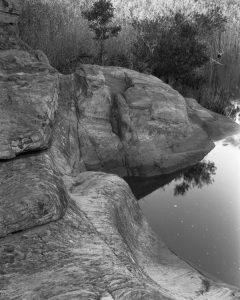
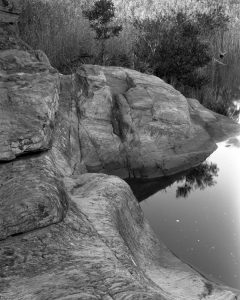 The next two photographs show Werribee Gorge in shadow on a bright day. Using a 75mm lens they were also made in relatively quick succession with Pancro400 and TRI-X320 and processed in PMK.
The next two photographs show Werribee Gorge in shadow on a bright day. Using a 75mm lens they were also made in relatively quick succession with Pancro400 and TRI-X320 and processed in PMK.
Both show very good tonality, the TRI-X320 having a slight edge in contrast. Both print well, the Pancro400 looks ‘softer’ tonally.
Left: Werribee Gorge. Pancro400. PMK
Right: Werribee Gorge. TRI-X320. PMK
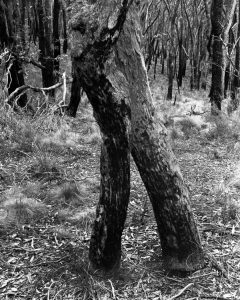 This final photograph shows trees recovering from a recent bushfire at Break Neck Gully in the Lerderderg State Park.
This final photograph shows trees recovering from a recent bushfire at Break Neck Gully in the Lerderderg State Park.
Made on a cloudy afternoon with breaks of sunlight; the black on the burnt trees have held detail as has the slightly damp fallen leaves that are reflecting the cloudy light.
Processed in ID11 this negative prints well using a grade 2½ filter without a lot of work.
Break Neck Gully. Pancro400. ID11
Long exposures
For this film any exposures longer than one second in time need to be exposed for a longer time otherwise underexposed negatives would be produced. This is due to reciprocity law failure. Bergger publish suggested increased times on the data sheet.
I make a lot of long exposure photographs with pinhole cameras, I always test films to match results with expectations.
My testing process was carried out in the field with both a 4 x 5 lensed camera and an 8 x 10 pinhole camera with an aperture of f288. I rated the film at 320 ISO, for this series of tests. Metering was achieved using a one degree spot meter using the zone system. Several different developers were used: ID11, X-Tol and PMK (Pryo). Exposure times were measured with a stopwatch. Test accuracy was determined by contact printing the negative and exposure was deemed correct at the point at which the black edge of the film first appeared ‘black’ on paper graded at two.
Here is the chart of time increases for Pancro400 as determined by these tests:
Meter reading: Change to:
2s 3s
3s 4s
4s 6s
5s 8s
6s 11s
7s 13s
8s 15s
10s 21s
12s 25s
15s 35s
30s 1m 30s
45s 2m 30s
60s 3m 40s
2m 8m
Examples of long exposures corrected for reciprocity failure
Cape Conran. This photograph was made on an 8×10 pinhole camera with an aperture of f288. The metered time at ISO 320 was 45 seconds; this was increased to 2 minutes and 30 seconds.
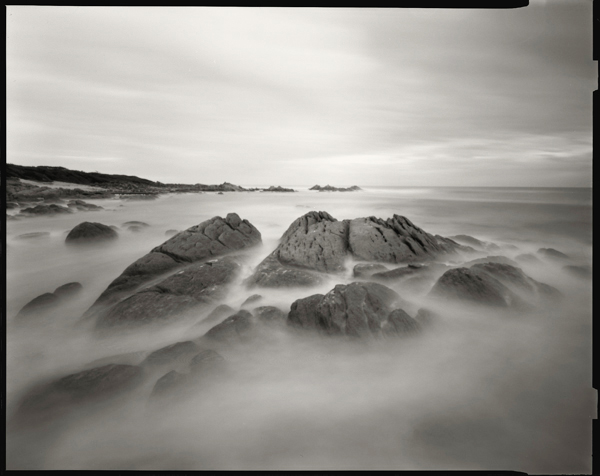
Algerian Oaks. Made on the 4×5 camera the metered time was four seconds and was increased to six seconds.
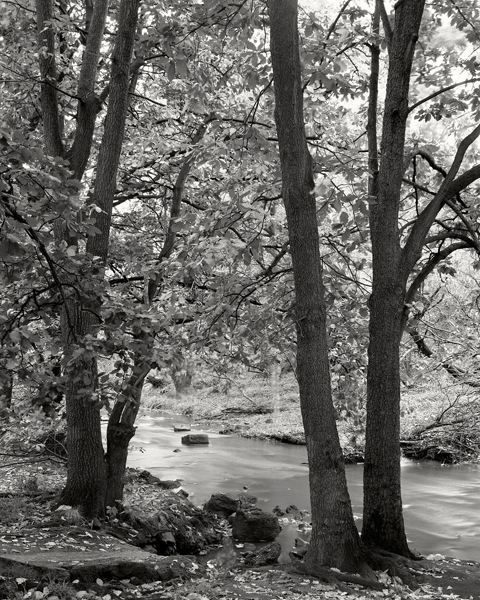
Abandoned Boat, Campbells Cove. Made on the 4×5 camera with a yellow filter the metered time was three seconds, this was increased to four seconds.
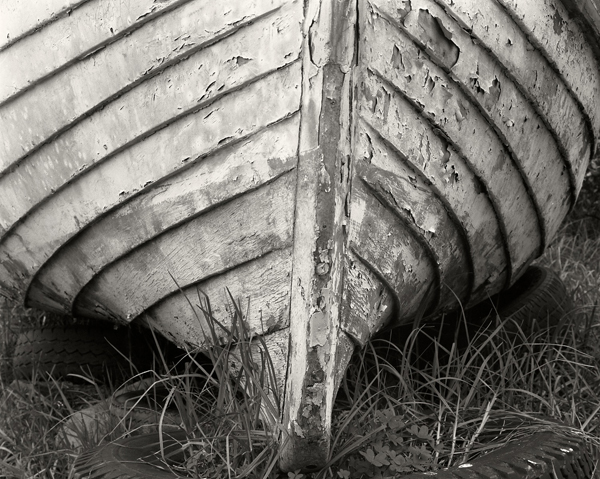
Merri Creek. Made on the 4×5 camera the metered time was two seconds and was increased to three seconds.
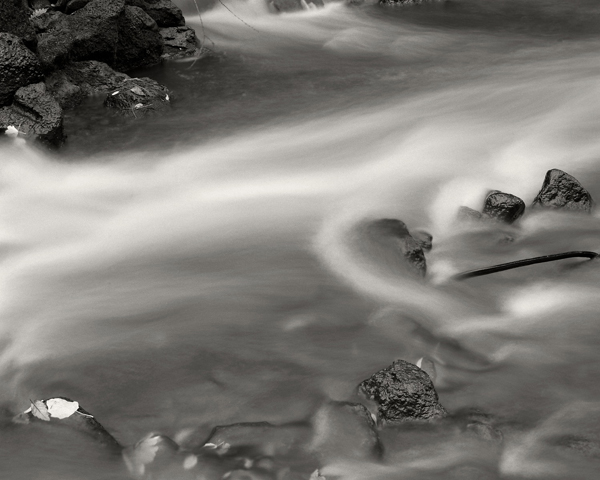
Main photograph at top: Point Cook Jetty, made on 8×10 pinhole camera. Metered time 15 seconds, increased to 35 seconds.
Conclusions on long exposures
The prints produced have a good tonality. For instance, in Abandoned Boat, Campbells Cove there is detail in the dark shadows under the boat and in the peeling paint. Also in Algerian Oaks there is detail in the tree trunks, the leaves and running water.
This reciprocity chart should be use as a starting point, some changes in developing times may be necessary with very long exposures depending on the tonality required.
The time increase for Pancro400 is not as long as some other 400 ISO films, making it very practical for long exposures, partially for pinhole photography.
Overall conclusions
There is no doubt this is a good film and beautifully packaged. It processes easily and well in a number of different developers. The film feels more like HP5+ in thickness compared to TRI-X320. I had no issues with scratching during tray development.
The grain of the film, as you would expect for an ISO400 film is present, but not overwhelming and varies according to developer used.
I found the film gave best results when processed in PMK developer at the ratio 1:2:100 for 18 minutes (as recommended by Bergger). Fine-tuning by rating at ISO320 when using pyro would be a good starting point.
Neither David Tatnall or View Camera Australia received any compensation for writing this review.
Bergger data sheet: http://bergger.com/bergger-pancro-400-plans-films.html?___store=bergger_en&___from_store=bergger_fr
Pancro400 is available in 4×5, 5×7 and 8×10 from Australian agent Gold Street Studios.
http://www.goldstreetstudios.com.au/photographic-supplies/bergger-film-pancro400/
Previous Post: Review: Wanderlust Travelwide 4×5 by Marc Morel


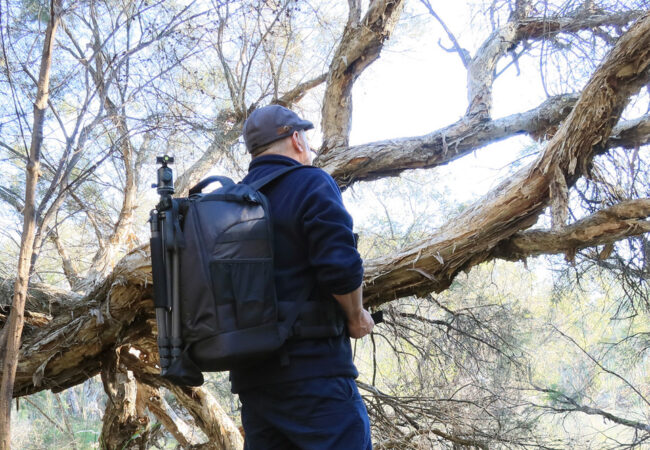

Hi David. This is a pretty thorough review. Thank you.
As I was reading it did occur to me that it might be very close to HP5 with a nice long straight line. Reciprocity is similar and very comfortable.
Good photographs too. Thanks. G
Thanks Gordon. Pancro400 is probably more similar to HP5+ than any other film. The reciprocity is as you say comfortable – especially for pinhole photography!
Nice review, though I was hoping for some information on exposure latitude. What kind of results does it produce rated at 800 and rated at 200?
Also, I’m curious whether you’re switching to this film, and why or why not. Did you discover anything you can point to and tell an HP5 devotee “that’s why you should consider shooting Berger Pancro400?”
Tim, thanks for your comments. The film has a very good exposure latitude. With sheet film I tend to find the best speed rating for the best quality negatives, in this case ISO 320. I’ll be reviewing Pancro400 roll film in the coming weeks, I’ll test the roll film at ISO 800 in that review.
I’ve made a number of very good negatives with this film, and I continue to use it.
Thanks, I look forward to reading those.
Nice review,
Your review seems to make it very clear that a big part of a film’s performance has to do with the technique of the worker using it.
For me, some of the major criteria for fil that matters are:
-Consistent availability from my supplier
-Appropriateness of the emulsion for my intended purpose
-Consistent performance between batches (boxes of different production runs)
-Good compatibility with the processes I run, I run the most common process in the world using HC-110 developer
-Complete lack of artifacts in the emulsion from poor controls in manufacturing or packaging.
I am an old school kind’ a guy that believes one should stick to one film and process until personal mastery has been achieved. Since most folks’ processes are not well controlled this is the most important part of the evaluation.
Andy Hess
Thanks for your comment Andrew. Consistency in processing of film is the most important part of the equation, I agree.